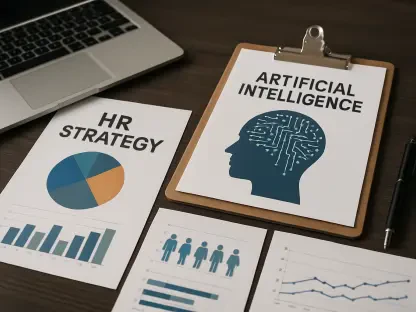In today’s interview, we have Sofia Khaira, a specialist in diversity, equity, and inclusion. Sofia brings a wealth of knowledge and experience in helping businesses enhance their talent management and development practices. She’ll be sharing insights from the recent Inclusively survey on employee benefit access and utilization, and the role of technology in addressing these challenges.
Can you explain the primary findings of Inclusively’s survey on employee benefit access and utilization?
The survey highlighted a significant gap between the investments companies make in employee benefits and the actual utilization of these resources. While nearly half of the surveyed employees reported that they could easily access company offerings, many still felt that the available information did not adequately meet their needs. This points to a larger issue of accessibility and relevance in the delivery of employee benefits.
How significant is the time burden for employees trying to access benefits information?
According to the survey, more than two-thirds of employees spend between 30 minutes to several days trying to locate and access the necessary resources. This extensive time commitment is unproductive and frustrating. When employees can’t find what they need, they often reach out to HR or their managers, which takes away from their essential work tasks and hampers overall productivity.
What are the top categories of employee benefits that are frequently difficult to access, according to the survey?
The survey identified that mental health support, work-life balance resources, and financial benefits are the top categories employees struggle to find. Access to these resources is crucial because they directly impact employee well-being, job satisfaction, and overall retention. When employees feel supported in these areas, they are more likely to stay with their employer.
How can technology, specifically AI, help bridge the gap in accessing employee benefits?
AI has immense potential to simplify and streamline the process of accessing employee benefits. Inclusively has developed AI chat capabilities to enhance workplace support technology. However, system complexity remains a substantial barrier. If the technology is too complex, employees are less likely to adopt and use it effectively.
What role does system simplification play in improving access to benefits for employees?
Simplification is critical for improving employee access to benefits. Companies can centralize resources into one easy-to-navigate system, making it simpler for employees to find what they need. Using AI solutions to surface resources in the flow of work can also prevent employees from feeling overwhelmed or frustrated while looking for benefits.
In what ways can poorly organized benefit descriptions affect employees?
Poorly organized benefit descriptions lead to frustration and disengagement. When employees have to sift through HR jargon and multiple layers of clicks to find the information they need, many give up. This not only hampers their user experience but also negatively impacts their perception of the organization’s support structures.
What are the real consequences of employees bypassing complicated technology and contacting HR directly?
When employees bypass complicated technology and directly contact HR, it indicates significant inefficiencies. This can lead to decreased productivity and increased stress, both for employees and HR teams. Companies need to ensure that their systems are user-friendly to minimize these negative impacts and keep the workflow smooth.
How can companies ensure that benefits are used as a tool to attract and retain talent, rather than becoming a frustrating puzzle for employees?
Employers should focus on making their benefits system easy to use and understand. Providing ongoing support and prioritizing user experience are critical steps. Demonstrating genuine care for employees through accessible benefits can significantly enhance retention rates.
What are some recommendations for HR professionals to improve benefit delivery and accessibility?
HR professionals should ensure that benefit information is consistently reinforced beyond orientation. Implementing processes that keep employees informed about available benefits is vital. Regularly updated, easy-to-use systems can help new hires and current employees stay aware of their options.
Can you share some examples or best practices for using AI to enhance employee experiences in finding benefits?
AI-powered support tools can play a significant role in guiding employees to the benefits they need. These tools can offer personalized suggestions based on employee profiles and usage patterns. They should be designed to simplify benefit navigation through features like intuitive search functions and context-based recommendations, ensuring a smoother and more supportive user experience.
Do you have any advice for our readers?
Recognize that the accessibility and simplification of employee benefits are not just administrative concerns but are critical to fostering a supportive and engaging work environment. Invest in technologies and systems that prioritize the user experience, and keep communication channels open to continually understand and address the needs of your workforce.








